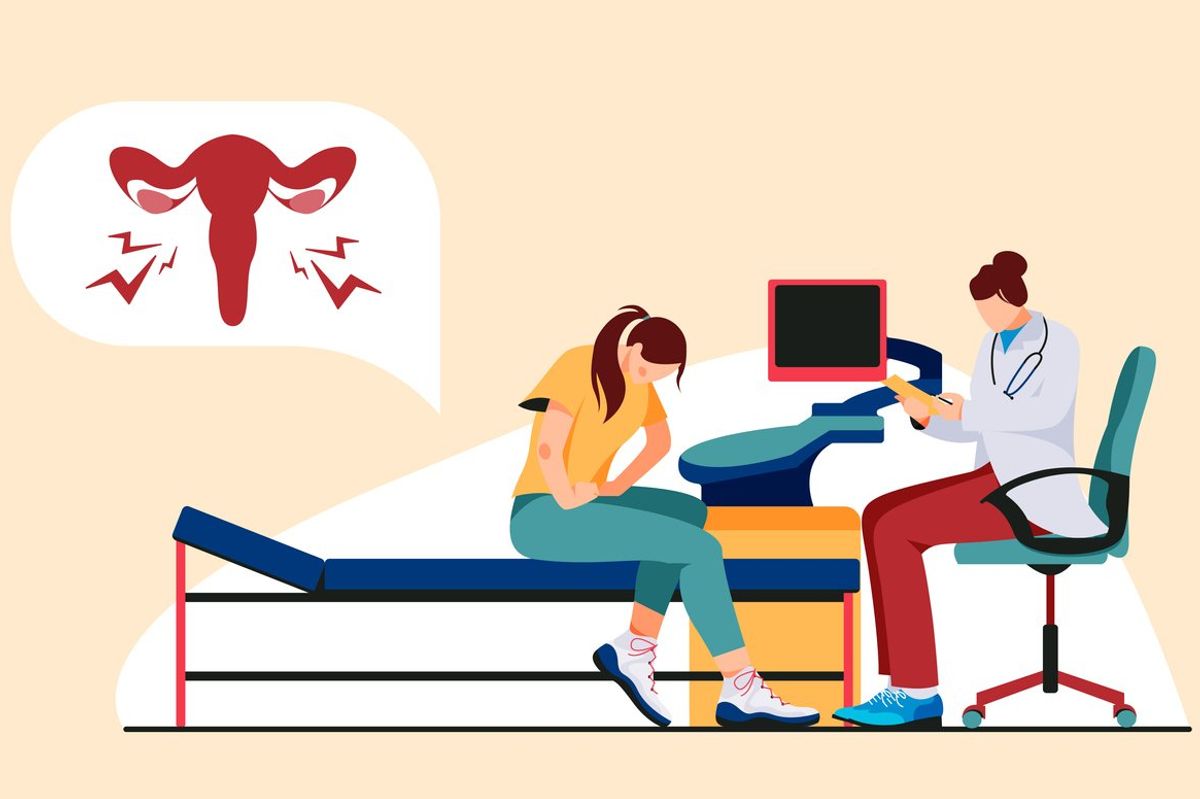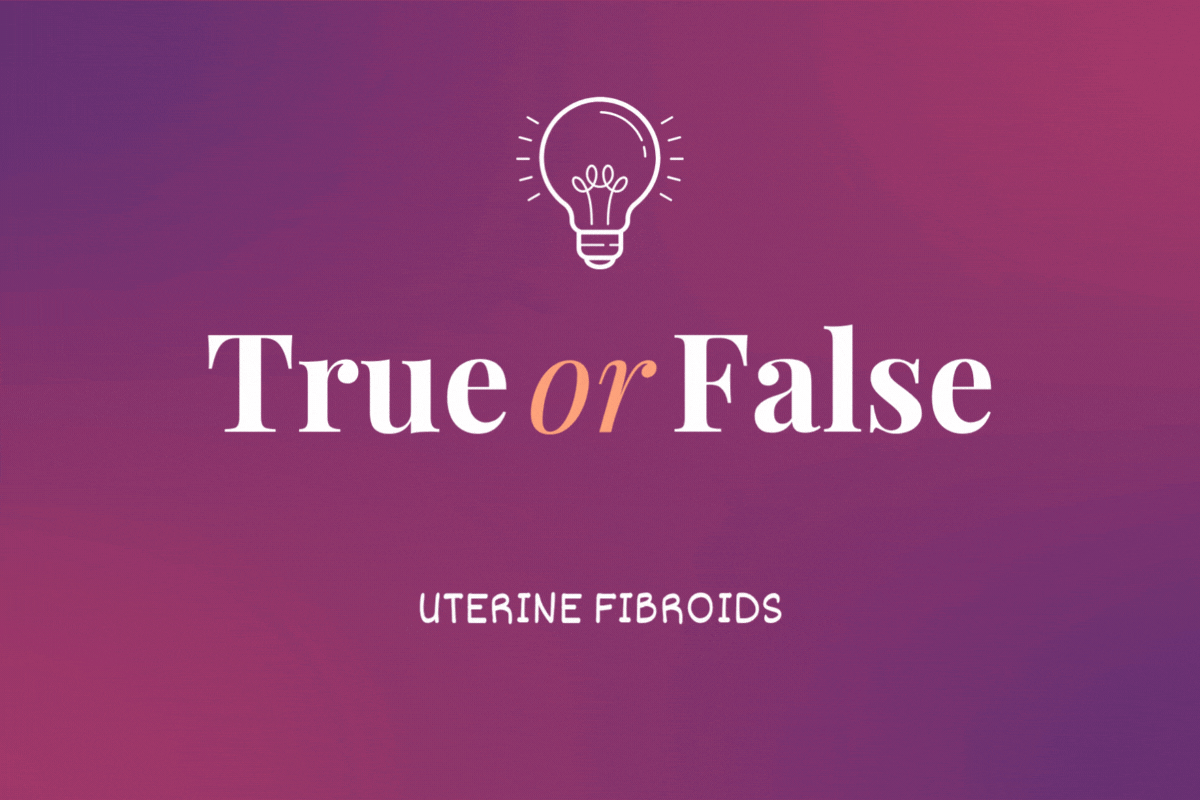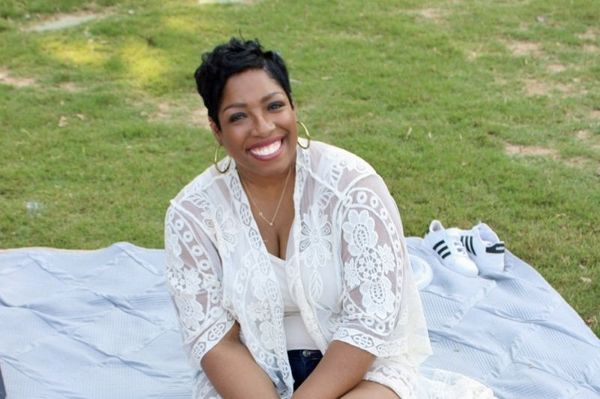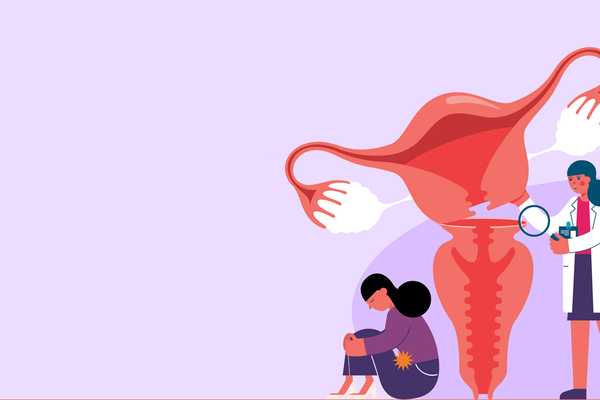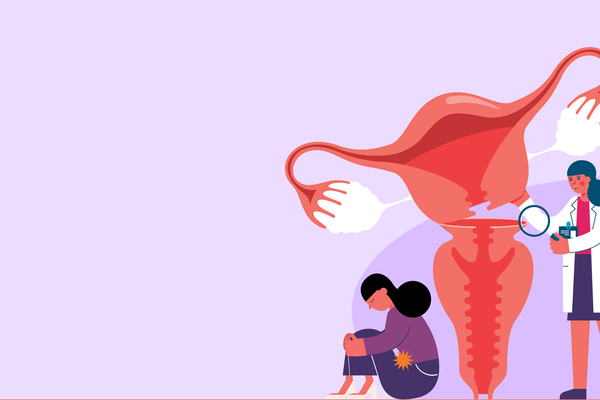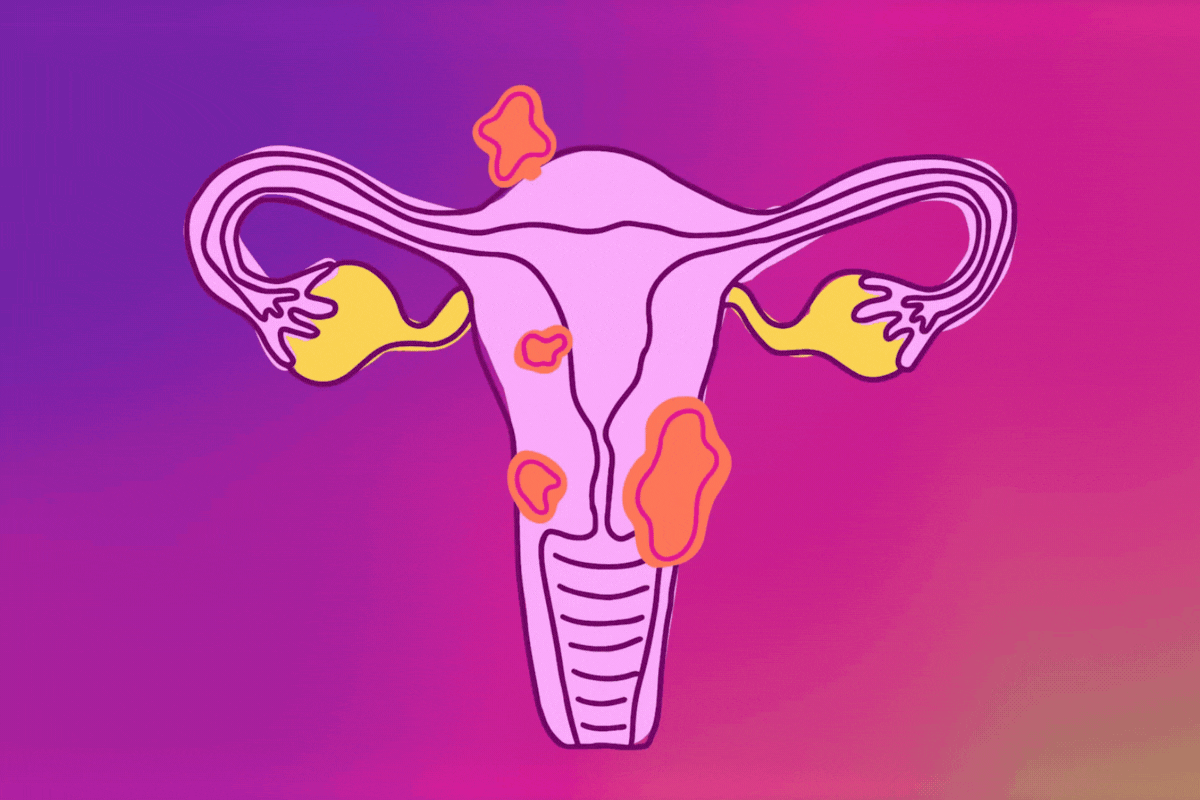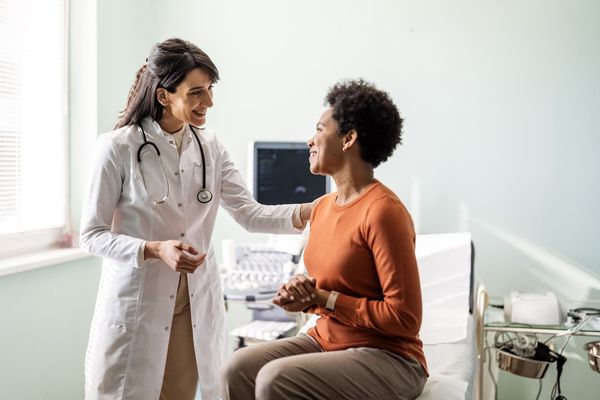When it comes to uterine health, Heather Guidone has a unique perspective. She’s a board-certified patient advocate (BCPA) and the program director at the Center for Endometriosis Care, which works on research and policy reform to help remove barriers to healthcare access for patients. And she also has endometriosis.
Her passion for helping people with uterine conditions was sparked by her own experience as a patient. Guidone spoke with HealthyWomen about her personal experience and how patients can advocate for themselves.
This interview has been edited for clarity and length.
What condition(s) were you diagnosed with?
I was diagnosed with advanced endometriosis, stage 4 (severe) adenomyosis and fibroids. It turned out I had bowel endometriosis, bladder endometriosis — it was everywhere. After my diagnosis, I went through a decade of repeat surgeries and medications. Eventually, I was able to get pregnant. Six months after my child was born, I had a hysterectomy.
What symptoms did you experience and how long did it take to get diagnosed?
I can remember having symptoms even before I had my period, very early on in adolescence. Most of the symptoms I had before menstruation involved bowel and bladder issues, which are unfortunately very common with endometriosis. After I started getting my period, I experienced heavy bleeding and debilitating cramping, keeping me out of school. I’d have to use five or six pads and would still bleed through my pants. I wasn't able to play sports at school or have a typical social life. The pelvic pain became chronic. Because I never knew anything different, I didn’t know what I was experiencing was abnormal. That went on for 10 years.
It wasn’t until I was an adult and sex started being incredibly painful that I told my doctor about my symptoms. I got lucky because he recognized it was endometriosis. The adenomyosis diagnosis came later, and I didn’t even know I had fibroids until I had a hysterectomy for the adenomyosis.
Watch our “Living with Fibroids” Videos >>
What caused the delays for your diagnosis and why is it so hard for women to get uterine conditions diagnosed?
I never told anybody about my symptoms before I was an adult. I never talked about it. I just assumed that was how it’s supposed to be.
A lot of the construct around endometriosis is that it is a menstrual disease, that it’s killer cramps, that it’s just a bad period, when — in fact — it’s a systemic inflammatory disease outside of the uterus. Of course, it goes without saying that when we talk about traditionally female-identified diseases like endometriosis, there’s definitely a gender bias, less funding for studies, etc.
Additionally, menstrual pain, bowel problems and bladder issues are all considered taboo. It’s not like we’re sitting at the dinner table talking about these things. We need to normalize that conversation. We need to educate adolescents, society, parents, educators, legislators — you name it — so we take that stigma away and get help.
What type of information should women be giving to their providers?
It’s all about presenting your case. Keeping a pain or symptom journal, for example, can help you talk about the frequency of your symptoms and how they are interfering with your life.
Also, be sure to bring up any symptoms you have in addition to or aside from menstrual pain, such as bowel, bladder or even lung issues. Ask your provider about why these symptoms may be happening and how you can get a differential diagnosis (information about all the possible causes for your symptoms).
Family history is important, but because these subjects are taboo, often the family history narratives get lost. For example, my mom’s side of the family is full of women. No one ever talked about endometriosis, but I’ve been able to look back and realize there were instances of pelvic disease.
Even if you can’t access that history, it's important to use your best judgment and say, “Well, I remember my mother was debilitated two to three days a month.” In my case, I remember my grandmother had a hysterectomy at an early age. It’s worth sharing whatever you can.
Do you think your provider could have done anything differently to get to an earlier diagnosis?
Even though it took me 10 years to get a diagnosis, I’m lucky in the sense that I received care when I sought it. My doctor did take me seriously and looked at my narrative and said, “Yeah, I think that this is endometriosis.”
Most folks, on average, will see between five to seven physicians before they’re even really being heard.
I do think that providers have a responsibility to be deeply probing. Given the far-reaching scope of endometriosis symptoms, providers need to be equally far-reaching in the questions that they ask. For example, are you experiencing shortness of breath or spitting up blood during or around your period? Those may be signs that endometriosis has grown on or around the lungs, and patients wouldn’t necessarily think to mention that.
Read "Why Getting an Endometriosis Diagnosis Is Painfully Slow" >>
From a patient’s perspective, what would be helpful to hear from a provider?
“I believe you.”
What’s refreshing is when you encounter a provider who not only believes you, but says, “I want to help you, but I don’t feel that I can fully address the scope of this problem. I’m going to give you a timely referral to a specialist.” I think that’s the best, most responsible thing that someone who is unprepared to treat a condition like adenomyosis or endometriosis could possibly do for their patient. The humility and the lack of ego speaks volumes.
Do certain populations have a harder time getting a uterine health condition diagnosis?
When we talk about conditions like endometriosis, pelvic pain and adenomyosis, there’s a whole segment of our community that is under-resourced and vulnerable. There are a lot of healthcare disparities, related to race, gender or even just thinking that a patient is hysterical.
For example, transgender people will often be overlooked because of immediate assumptions that they can’t have endometriosis, which is simply not true. Indigenous patients tend to have less access to care and poorer outcomes even when they do have access. Black patients are often misdiagnosed with fibroids or sexually transmitted diseases.
What advice would you give to patients?
Believe in yourself. Nobody knows your body better than you. Don’t be afraid to move on to the next healthcare provider if you’re not getting help where you are. You want someone who understands the modern concepts of the disease and knows that it’s a truly systemic body-wide illness. They should be willing to coordinate your care for you, with you as the captain of the ship, because it’s your life, your body, your care.
For more about this topic, read our companion story: Q&A: A Healthcare Provider’s Perspective on Diagnosing Uterine Health Conditions.
This resource was created with support from Myovant Sciences GmBH.

